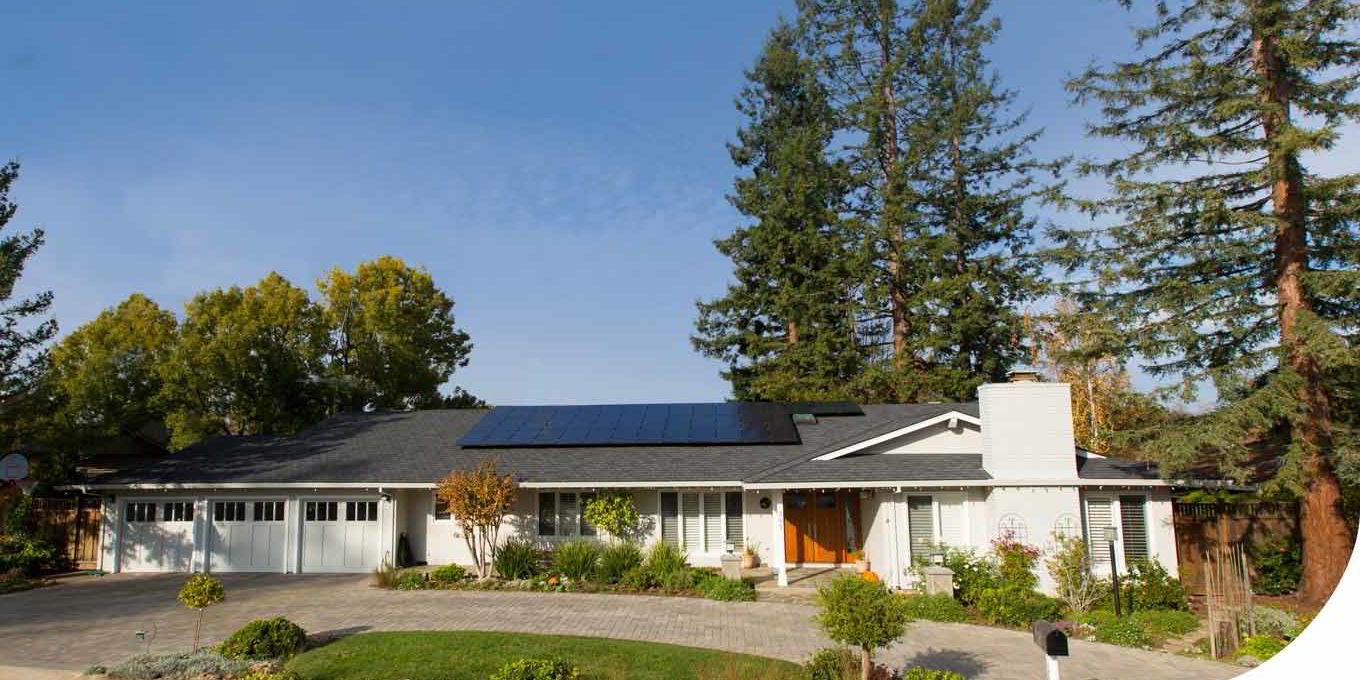California’s decision earlier this year to maintain the key elements of its net-energy metering (NEM) policy was a major policy win for the state’s rooftop solar industry, following several important regulatory losses in Nevada and Hawaii in 2015.
The news was not unambiguously positive, however. To start, California’s new policy regime – known as NEM 2.0 – only lasts until 2019, when it will be revisited. Then there’s the fact that all new home solar customers will be shifted onto a complex new system for their monthly power bills known as time-of-use (TOU) rates, which will see them charged different amounts for their electricity at different times of day.
The TOU rate system is designed to better reflect the real-time costs utilities face in generating and delivering electricity in a two-way energy market, and will likely be a feature of many future power markets. While all of California’s electricity consumers will eventually be shifted onto TOU, new home solar owners are effectively the guinea pigs.
Recharge spoke to Bernadette Del Chiaro, executive director of the California Solar Energy Industries Association, for insight into the new policy battles underway in the Golden State – and those still to come. CALSEIA’s membership includes globally recognised solar companies, like SolarCity and SunPower, as well as many smaller local players. The interview has been lightly edited for clarity.
What are the rooftop solar industry’s concerns about TOU rates?
Time-of-use rates are a game-changer for net metering. TOU isn’t a bad thing in and of itself. But it could be used by the utilities to slow the growth of solar by putting in unjustified rates. The utilities are proposing some pretty dramatic changes to the rate structure under TOU, things like peak rates between 6pm-10pm, and then lower rates in the middle of the day.
It doesn’t take a rocket scientist to understand that how that works for NEM is the credit would be worth less in the middle of the day, when the sun is shining. And the charge for consumption would be higher in the evening, after the sun’s gone down. So it doesn’t work very well for solar. In the proposals we’ve seen so far, the utilities have TOU rates peaking just as generation from solar systems drop off – they’re eerily aligned.
When will we know the final TOU rates for new solar customers?
The rate cases are active right now. That’s priority number one for us. It will probably all be wrapped up sometime in 2017.
As California’s population gradually shifts over to TOU, starting with new solar customers, what other impacts will we see?
TOU could help usher in the pairing of PV with storage, which we think is a very good thing, as well as other distributed energy resources, like demand response. As we get a deeper penetration of renewables on the grid, we’re going to need these sorts of balancing devices.
TOU can be a good thing if consumers have control and are making decisions about when they’re using electricity. We can get there with smart rate structures – that’s the fight du jour. But it gets really wonky, really complicated. We’re trying to keep things simple for the consumer.
The California Public Utilities Commission voted narrowly, 3-2, in support of NEM 2.0 earlier this year. How do you think regulators are doing grappling with these complex issues?
I’d say our regulators are top-notch compared to other states in terms of really understanding the significance of the decisions they’re making. They generally do have the right priorities in mind. But there’s a lot we can do to look at other states, too. New York, in particular, is really getting ahead of California when it comes to thinking about the utility of the future, and how we transition to that.
Is there any sense California’s big utilities are becoming more accepting of rooftop PV?
I’ve not yet seen that transformation, or that embrace of rooftop solar. Obviously they’ve embraced solar, but it’s the kind of solar that fits into their model.
Is behind-the-meter solar competing with large-scale PV plants in California?
I think the competition may become real in like 2035, when we start getting to truly high levels of renewable penetration. It’s not a legitimate issue today. In the grand scheme of things, we’ve only scratched the surface when it comes to how much clean energy this country needs.
So the big picture is California’s rooftop market will remain healthy?
The NEM 2.0 decision is the anchor. That decision is going to allow us to keep growing. And I’m confident [the regulators will] come up with the right rate structure that will ensure solar remains a good investment for consumers. Consumers are going to keep demanding clean energy and energy choices. It’s like Uber and Airbnb. There are little hiccoughs as they emerge in a marketplace, new regulations they have to deal with. But at the end of the day, consumers aren’t going to put their smart phones away and start hailing taxis on the street.
